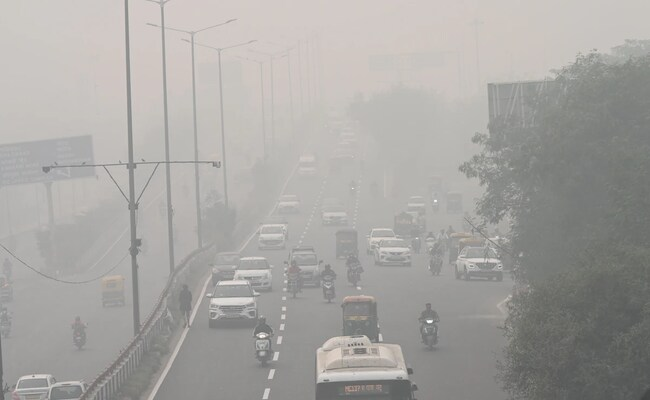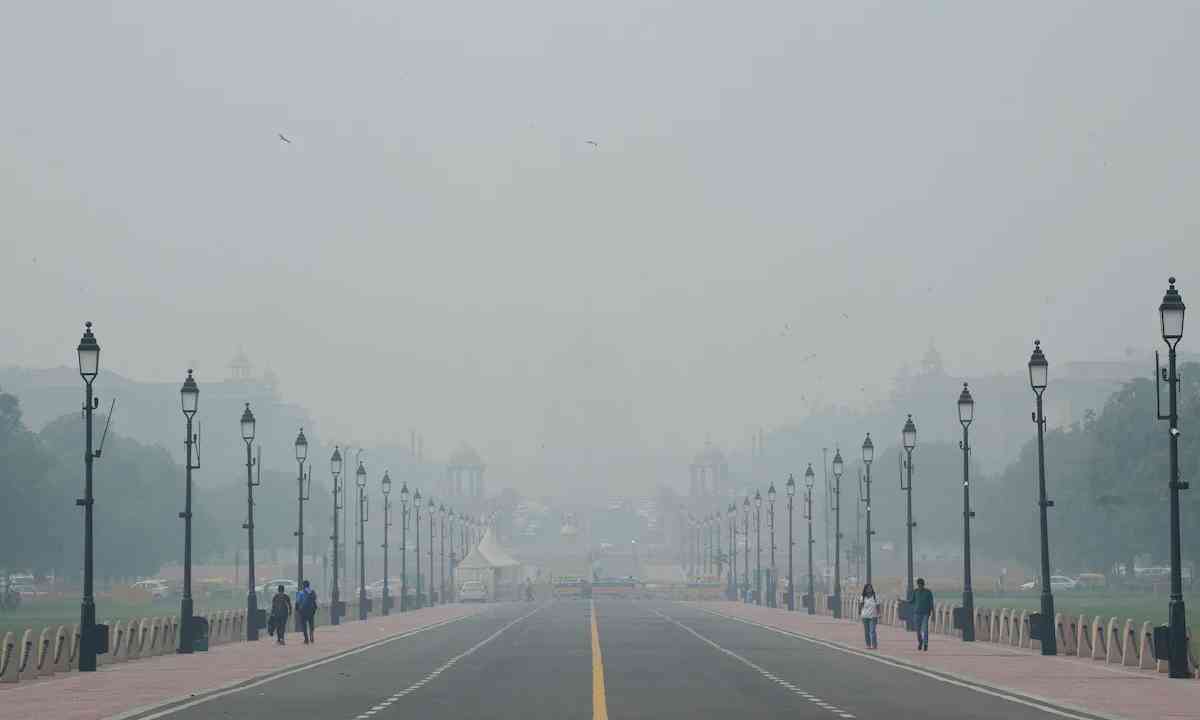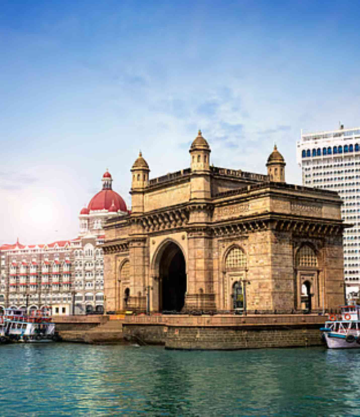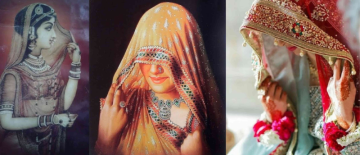According to Delhi Pollution Control Committee (DPCC) data, despite a ban on all forms of firecrackers, the air pollution in parts of Delhi was 30 times more than the prescribed limit of the World Health Organisation (WHO) as people burst firecrackers across the city on Sunday night, the day of Deepavali.
Visuals from across various parts of Delhi depicted dense haze shrouding the roads, greatly diminishing visibility and making it challenging to see beyond a few hundred meters.

This past Sunday morning, Delhi experienced the cleanest air quality on Diwali in eight years. Residents of Delhi awoke to clear skies and plenty of sunshine, with the city's Air Quality Index (AQI) registering at 202 at 7 am, marking the best air quality in at least three weeks.
Social media visuals showed people gathering in the neighbourhood's parks to set off firecrackers yesterday, despite the Supreme Court's order.
Last week, the Supreme Court clarified that its order banning firecrackers containing barium binds every state and is not restricted solely to the Delhi-NCR region.
Delhi, where the air quality ranks as one of the poorest among the world's capital cities, remained enveloped in a dense layer of smog with severe pollution levels for a week starting from October 28. To address the pollution crisis, the government had to close schools and impose a ban on diesel trucks, although it refrained from implementing the odd-even rule.
(With Input from Agencies)
© Copyright 2023. All Rights Reserved Powered by Vygr Media.






















